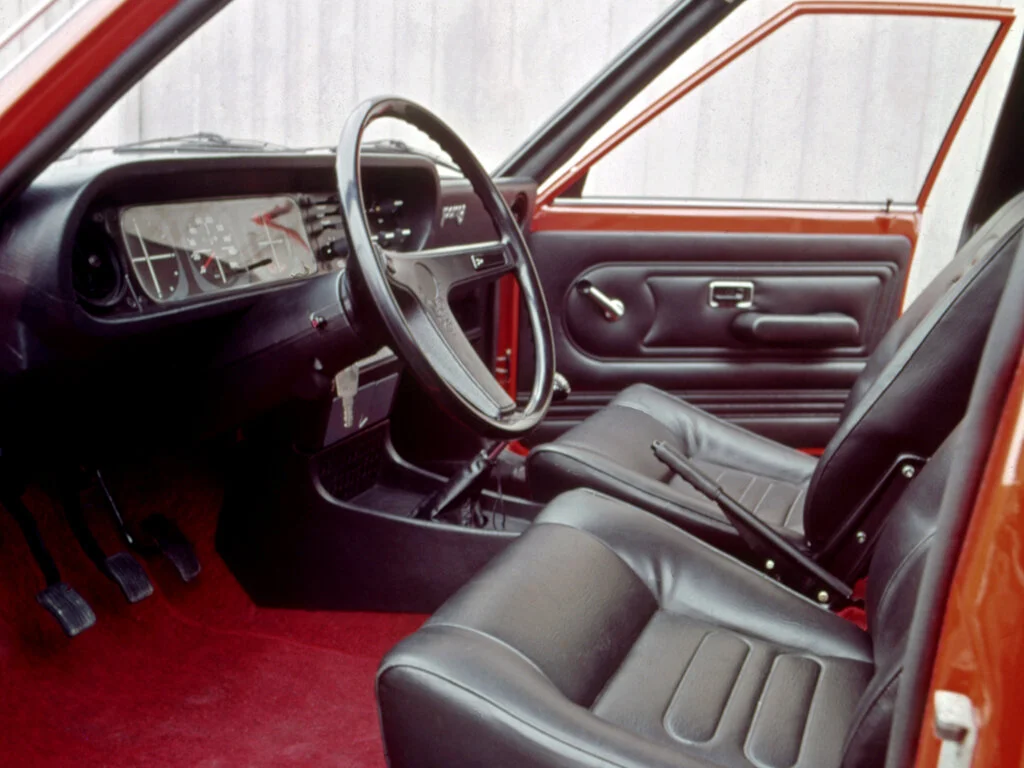The original Hyundai Pony had some big names behind its development
Every Monday we’re serving you up a delicious slice of pure postulation. That’s right, once a week we’re using our expertise and passion for the subject to predict what motors are destined for classic car stardom. This week, Parkers finance editor and former Classic Car Weekly news editor, Murray Scullion proposes the Hyundai Pony.
Yes, for some people, the Pony might well be a fully grown horse by now and fully eligible as a classic. But for some reason, prices for Asian classic cars (well, apart from some modern classic stuff) never quite goes the same way as European or American cars.
The important thing to know about the Pony is that it is more than a forgettable footnote in the history of the motorcar. It was South Korea’s first domestic car, and the first South Korean car to wash up on UK shores. More than that, the Pony was a sign of things to come. An emergence of a new super power.
Hyundai Pony: History
When the Pony was first launched in 1975, South Korea was going through a huge transformation. The Korean war finished more than 20 years ago, and the country was enjoying huge industrial development. Part of this huge growth was the development of the car manufacturing industry.
Hyundai wanted to go it alone with its own range of cars, and drafted in Austin-Morris Managing Director, George Turnbull to start a new factory, develop a new car, and move on the company’s motor division from its former status as assembler of other carmakers’ models – in this case, the Ford Cortina. In doing so, the man who could have ended up running the whole of British Leyland ended up being Vice President of Hyundai Motor Cars.
The Pony officially became the first fully Korean car when it debuted at the 1974 Turin Motor Show, with production models rolling off the production line in 1975. Of course, it was Italian designed (Italdesign), British engineered, used French production line technology, and it had a Japanese engine - a Mitsubishi 1.2-litre petrol engine. Nevertheless, it cemented South Korea as a nation to be reckoned with. The country also became the 16th car producing nation at this time.
In the UK, we had to wait until 1981 for the Pony. These versions were only around for a year, before the Pony II was released. The Pony soldiered on until the mid-1990s in third-generation form. Outside of Europe, this was called the Excel. Amazingly, the Pony name actually made it to this century - the Hyundai Accent was sold as the Pony in France until 2000.
Hyundai Pony: Rarity
We’ve mused on this section about rarity being a friend of the classic car enthusiast before. After all, part of the charm of a classic car is driving something very different to the norm. Those early cars, that were only available for a year in the UK, are extraordinarily rare. You’d do very well to find one at all, let alone buy it.
The Mk2 cars were available from 1982. These are also harder to find than an honest politician. Third-generation cars, known as X2 among the right set of car nerds, were only available for three-years (1991-1994), but the improved reliability, and the fact they’re that bit newer, means these are the ones that are out there still.
According to howmanyleft.co.uk there are only 32 Ponys registered on UK roads. The later cars are the ones that pop up most regularly for sale.
Why should you care?
In case you’ve been living under a rock for the past 72 years, South Korea is big news. K Pop (Korean Pop) stars are among the most famous celebs in the world, Hyundai is the fifth largest car (based on revenue) company in the world, and you can’t walk down a high street in the UK without stumbling on a Korean BBQ restaurant.
The Pony was the first step onto the automobile world stage for South Korea. It’s a hugely important car for the country. No, a four-cylinder 1.2-litre won’t exactly light a fire in your pants, but there’s no denying that a Pony is a cheap and cheerful future classic that has a huge history behind it.
Many succumbed to corrosion, or just general bad maintenance. The good news is that if you find a solid car with some service history, it should prove reliable, and economical too. Just bear in mind that if you do find one, it’s possible it hasn’t been used for the last few years.
Prices start from a few hundred quid if you find a late model that’s a bit rough. Nice examples of the later models start from around £1000. And it’s a seller’s market for those extremely rare Mk1 models.
The CCfS Classic Car Prediction
It might sound strange to make a prediction about a car that’s nearly 40 years old. You’d think that kind of age would make it a bonafide classic. But, you’ll struggle to find any Hyundais in any classic car price guides, and you won’t find many Korean car clubs.
Early models will most likely be welcome at most classic car shows - but those X2 models from the 1990s will take a lot longer. We predict that well-maintained X2 models will slowly get there in terms of status. Expect the classic enthusiasts to switch onto these within the next five years or so.
Although some events, like Hagerty’s Festival of the Unexceptional, would welcome you with open arms once it returns in 2021. Hell, you may even see a Pony in a quiet corner of the NEC Classic Motor Show by 2025.
Neat styling, bordering on the plain, marked the Hyundai Pony apart from its Japanese rivals


